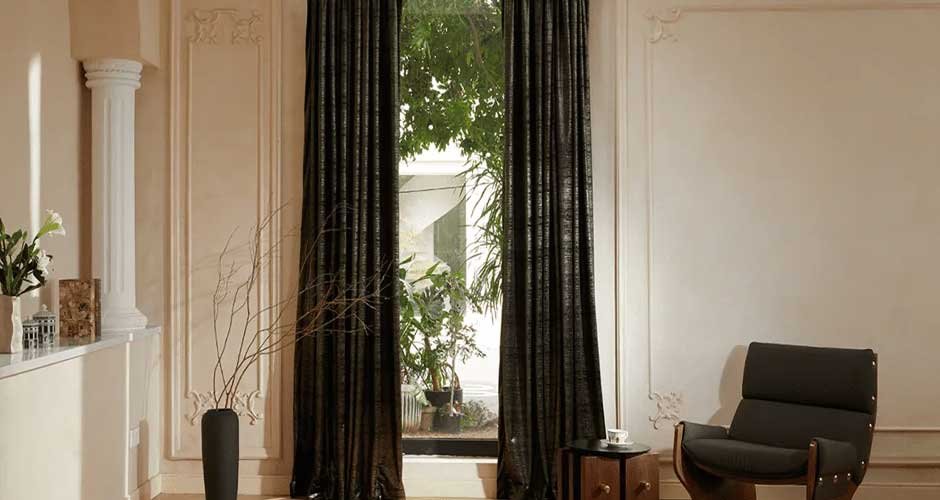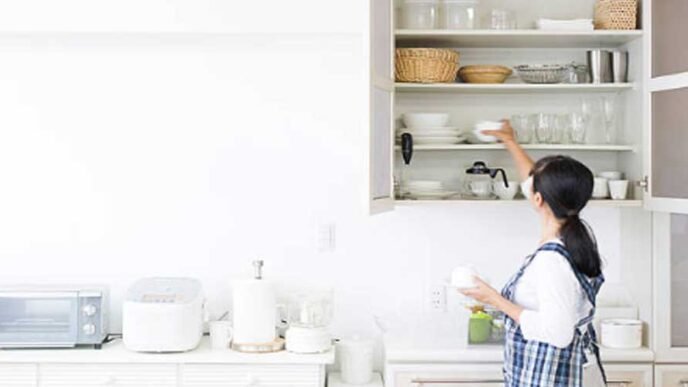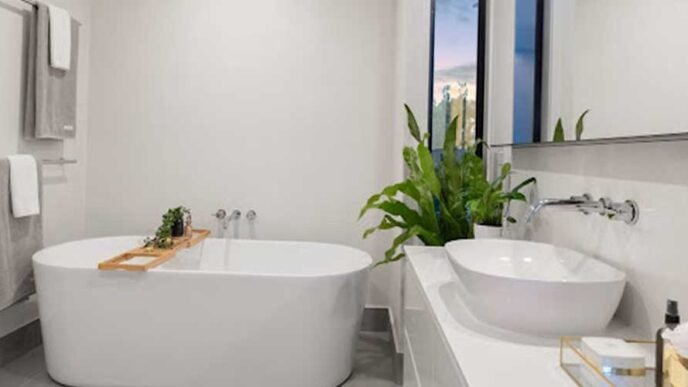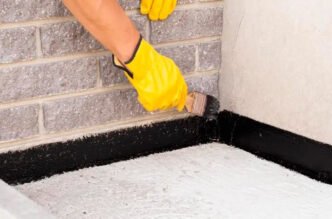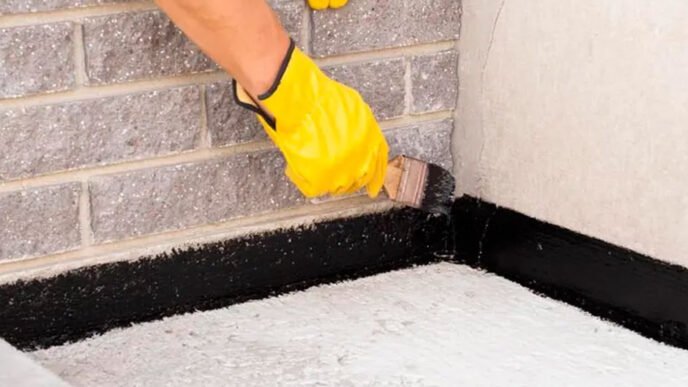1. Introduction: The Dual Benefits of Thermal Drapes
In the quest for creating a comfortable and stylish living space, thermal drapes stand out as a versatile solution. They are not merely window coverings but a functional addition that enhances both the aesthetic appeal and the efficiency of your home. Thermal drapes offer a unique combination of benefits, including energy savings, improved insulation, and a touch of elegance to any room. This comprehensive guide will explore how thermal drapes can transform your living environment, providing both practical advantages and stylish options to meet your needs.
2. What Are Thermal Drapes?
Thermal drapes, also known as thermal curtains or insulated drapes, are specially designed window treatments that feature an additional layer of fabric or a thermal lining. This extra layer is typically made from materials such as polyester, foam, or other insulating fabrics that help to block heat transfer through windows. By using these drapes, homeowners can significantly improve the energy efficiency of their homes while adding a sophisticated touch to their decor.
Understanding the Construction:
Thermal drapes are constructed with multiple layers. The primary fabric layer may be complemented by a backing made from insulating materials. This construction helps to reduce the amount of heat that escapes through windows during the winter and blocks out heat from the sun during the summer. The quality of the thermal lining plays a crucial role in the overall effectiveness of the drapes.
3. The Importance of Thermal Drapes in Modern Homes
In modern homes, where energy efficiency is a top priority, thermal drapes offer several key benefits. They are essential for maintaining a comfortable indoor environment and can lead to significant savings on heating and cooling costs.
Energy Efficiency:
One of the primary advantages of thermal drapes is their ability to enhance energy efficiency. By minimizing heat loss through windows, thermal drapes help to keep indoor spaces warmer during the colder months. Similarly, during the summer, they can block out heat, reducing the strain on air conditioning systems. This dual benefit not only contributes to a more comfortable living environment but also helps in lowering energy bills.
Comfort and Privacy:
Thermal drapes contribute to a more comfortable living space by reducing drafts and cold spots near windows. They also offer added privacy by blocking outside views and noise. This can be particularly valuable in busy urban environments where external noise and visibility can be a concern.
4. How Thermal Drapes Improve Home Insulation
Thermal drapes enhance home insulation in several effective ways. Understanding these mechanisms can help you appreciate the value they bring to your living space.
Heat Retention:
During winter, thermal drapes help to retain heat within your home. The insulating layer acts as a barrier, preventing warm air from escaping through the windows. This not only keeps your home warmer but also reduces the need for additional heating, which can lead to cost savings.
Cooling Efficiency:
In the summer, thermal drapes block out the sun’s heat, which can help to keep your home cooler. By reducing the amount of solar heat that enters through windows, these drapes can lessen the load on your air conditioning system, resulting in further energy savings.
Noise Reduction:
Thermal drapes also offer acoustic benefits. The dense fabric used in their construction helps to absorb and block external noise, creating a quieter and more serene indoor environment. This can be especially beneficial in areas with high levels of street noise or in homes located near busy roads.
5. Stylish Designs for Every Living Space
thermal insulated curtains are available in a wide range of designs, colors, and patterns, making it easy to find options that suit your home’s decor. Whether you prefer a classic, modern, or eclectic look, there are thermal drapes to match your style.
Classic Solid Colors:
For a timeless and versatile look, consider thermal drapes in solid colors. Neutral tones such as beige, gray, and white can complement a variety of interior styles and color schemes. These colors are especially effective in creating a sophisticated and understated look.
Patterns and Prints:
If you want to add a touch of personality to your space, opt for thermal drapes with patterns or prints. Options such as floral, geometric, or abstract designs can serve as focal points or enhance the overall theme of a room. Patterns can also help to mask wear and tear, making them a practical choice for high-traffic areas.
Custom Designs:
Many manufacturers offer custom thermal drapes, allowing you to select fabrics, colors, and designs that perfectly match your home’s decor. Custom options can be tailored to fit unique window sizes and styles, ensuring a perfect fit and a polished look.
6. Choosing the Right Thermal Drapes for Your Home
Selecting the right thermal drapes involves considering various factors to ensure that they meet your needs and preferences. Here are some key considerations to keep in mind:
Fabric Type:
The quality of the fabric used in thermal drapes is crucial for their performance. Look for drapes made from durable, high-quality materials that offer excellent insulation. Fabrics such as polyester or blends with a thermal lining are ideal for providing effective temperature control.
Color and Style:
Choose colors and styles that complement your existing decor. Whether you prefer a neutral tone or a bold pattern, make sure that the thermal drapes enhance the overall aesthetic of the room. Consider how the drapes will coordinate with other elements such as furniture, rugs, and wall colors.
Size and Fit:
Ensure that the thermal drapes are the correct size for your windows. Measure the width and length of your windows accurately to select drapes that provide full coverage and proper insulation. For a polished look, the drapes should be long enough to reach the floor or just above the sill.
7. Installation Tips for Thermal Drapes
Proper installation is essential for maximizing the benefits of thermal drapes. Follow these steps to ensure a successful installation:
Measure Your Windows:
Begin by measuring the width and length of your windows. Accurate measurements will help you choose drapes that fit perfectly and provide adequate coverage.
Install the Rod or Track:
Choose a sturdy rod or track system that can support the weight of the thermal drapes. Install the rod or track at the appropriate height to ensure that the drapes hang evenly and cover the entire window.
Hang the Drapes:
Attach the thermal drapes to the rod or track, making sure that they are evenly spaced and drape properly. Adjust the positioning as needed to ensure that the drapes close fully and provide effective insulation.
Adjust and Test:
Once the drapes are hung, test them to ensure that they open and close smoothly. Check for any gaps or areas where heat or light may escape, and make any necessary adjustments to improve the fit.
8. Maintaining and Cleaning Thermal Drapes
To keep your thermal drapes looking and performing their best, follow these maintenance and cleaning tips:
Regular Dusting:
Dust your drapes regularly to prevent buildup. Use a vacuum with a brush attachment or a lint roller to remove dust and debris from the surface of the drapes.
Spot Cleaning:
Address any spills or stains promptly with a gentle spot cleaner. Test the cleaner on a small, inconspicuous area first to ensure that it does not damage the fabric.
Professional Cleaning:
For deep cleaning, consider professional cleaning services. Professional cleaners can handle the special requirements of thermal drapes and ensure that the fabric and thermal lining are properly maintained.
9. Comparing Thermal Drapes to Other Window Treatments
When selecting window treatments, it’s important to compare thermal drapes with other options to determine which best suits your needs:
Blinds:
Blinds offer precise control over light and privacy but may not provide the same level of insulation as thermal drapes. Blinds are also less effective at blocking out external noise compared to thermal drapes.
Shutters:
Shutters provide good insulation and durability but can be more expensive than thermal drapes. Shutters may also offer fewer design options compared to the wide variety of styles available for thermal drapes.
Regular Curtains:
Regular curtains can enhance the look of a room but often lack the insulating properties of thermal drapes. While they can add style, they may not offer the same energy-saving benefits or noise reduction.
10. Conclusion: Elevate Your Home’s Comfort and Style with Thermal Drapes
Thermal drapes are an excellent investment for enhancing both comfort and style in your living space. Their ability to improve energy efficiency, provide superior insulation, and add a touch of elegance makes them a valuable addition to any home. By carefully selecting and properly installing thermal drapes, you can enjoy a more comfortable, stylish, and energy-efficient living environment. Whether you’re looking to reduce energy costs, improve privacy, or simply update your decor, thermal drapes offer a practical and attractive solution.
Incorporating thermal drapes into your home decor can have a significant impact on your overall living experience. Their blend of functionality and aesthetic appeal ensures that you can achieve a comfortable and stylish home while benefiting from the energy-saving advantages they provide. Explore the various options available and choose the thermal drapes that best meet your needs and preferences, transforming your living space into a more comfortable and visually appealing environment.
